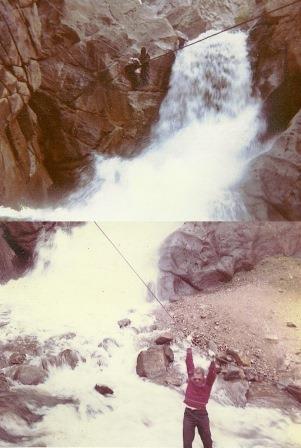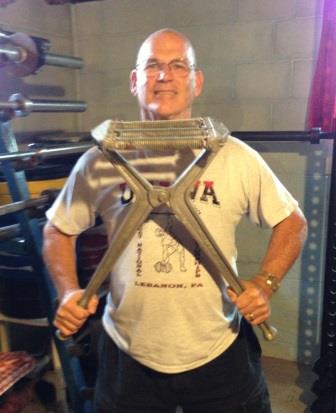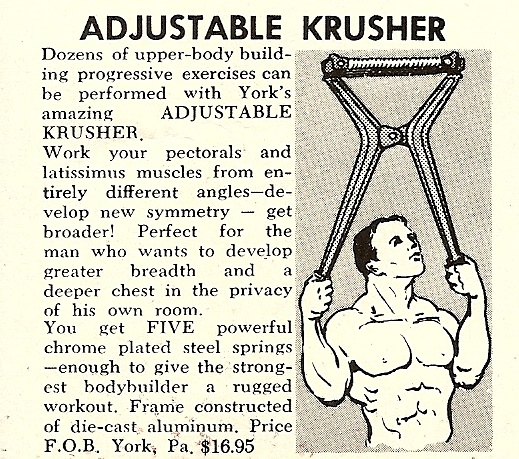The Adventures of Russ Murphy
by Al Myers
This past weekend I had a visitor for the weekend, an ole friend from Colorado, who spent the weekend with me so we could attend the McPherson Highland Games together. I have known Russ for over 25 years and we have spent much time together during the course of our Highland Games pursuits. Most of you that know me know how I like to tell “Russ stories” – as Russ is one of the most interesting men I have ever met in my life. He has had many exciting adventures in his life, and has many great stories to tell because of these adventures. I had heard this one before, but I always like to hear Russ’s stories “over and over” as I pick up new details each time that help my storytelling!
The year was 1962. It was mid summer, July to be exact. Russ had just came off his “big win” of winning the Rocky Mountain Olympic Weightlifting Championships in the heavy weight division in May. He was weighing a slim but muscular body weight of 235 pounds. At 24 years old he was a physical specimen from those many weight training sessions. He was bull strong, yet still very athletic. This adventure occurred west of Boulder, Colorado on route 119 – near Boulder Falls. Russ was hiking with some friends in the mountains near the falls, when they came upon a steep canyon river below the falls. Russ told his friends that he wanted to go to the other side. The canyon wall was too steep to climb down – plus Russ told me he didn’t want to get wet crossing the river. Between the canyon walls was an old mining cable used to transport a mining bucket from one side to the other. The cable was old, but very rigid and secure, and with a diameter of 1 1/2 inch Russ felt it was secure enough to use to climb across the canyon! His friends thought he was crazy and elected to stay on the canyon ridge while Russ took hold of the cable and used it to make this daring crossing. I should mention that he had no safety harness or way of attaching himself to the cable. If he would have lost his grip – he would have fell into a swirling rocky pool below and would have met his demise. It’s a good thing his friends stayed and took pictures of this wild stunt, because otherwise it would be a hard story for me to believe. I asked how far a drop it was (like it really matters as anything over 20 feet would be deadly), and Russ wasn’t sure – he said he didn’t look down!!! He guessed it was something like 100 feet or so at the highest. He used his legs over the cable most of the way, but during the finish he went “hand over hand” dangling above the rapid falls. He said the cable went at least the length of a football field (that’s over 100 yards!!!). The cable was tied to an old tree above the bottom canyon floor, so at the end of the cable climb Russ dropped onto a soft sand bar 20 feet below. He then free-climbed the canyon wall over 100 feet high to reach his destination!!
I asked him how he felt during all this, and whether at any point he felt he shouldn’t have started, and Russ responded with his ever present smile, “I was a flea opposed to an ox”. I took that as meaning that he wasn’t worried at all, and knew he would be able to achieve something this treacherous without any risk of self-injury.
Just another chapter in “the Adventures of Russ Murphy”.


